ADNP
Recent articles
Autism-linked perturbations converge on cell skeleton and RNA-binding proteins
The findings solidify the idea that autism-linked mutations affect brain activity by way of several key shared mechanisms.

Autism-linked perturbations converge on cell skeleton and RNA-binding proteins
The findings solidify the idea that autism-linked mutations affect brain activity by way of several key shared mechanisms.
Going on Trial: Arbaclofen reboot; cell implants; psilocybin microdoses
Going on Trial rounds up new developments in autism-related drug trials. This month we’re revisiting decade-old data from a trial of arbaclofen for fragile X syndrome and looking into a new implant-based approach to quelling seizures, among other treatment strategies.
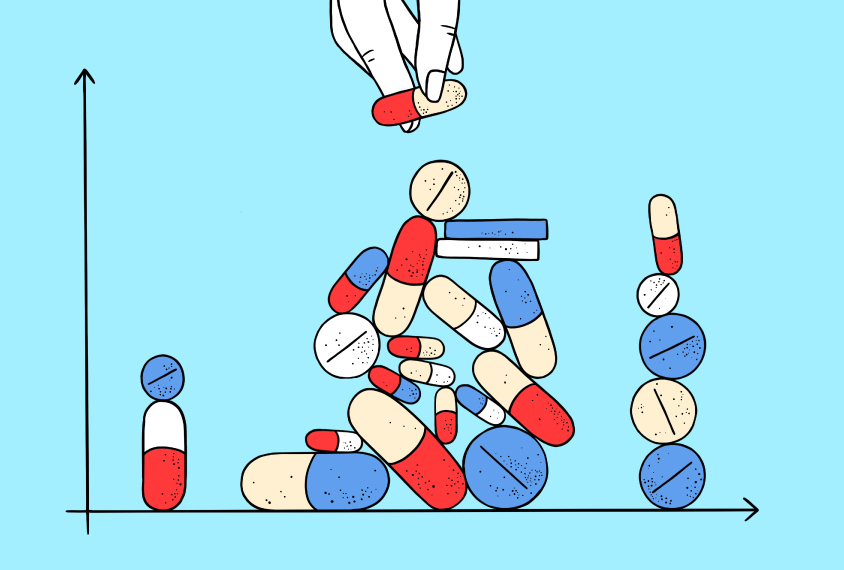
Going on Trial: Arbaclofen reboot; cell implants; psilocybin microdoses
Going on Trial rounds up new developments in autism-related drug trials. This month we’re revisiting decade-old data from a trial of arbaclofen for fragile X syndrome and looking into a new implant-based approach to quelling seizures, among other treatment strategies.
Two top autism-linked proteins connect to build cell ‘skeleton’
ADNP and SHANK3 proteins may bind together and alter a neuron’s internal scaffold, hinting at a mechanism that, when disrupted, may underlie several forms of autism.

Two top autism-linked proteins connect to build cell ‘skeleton’
ADNP and SHANK3 proteins may bind together and alter a neuron’s internal scaffold, hinting at a mechanism that, when disrupted, may underlie several forms of autism.
Top autism-linked gene boosts DNA accessibility during development
Loss of the POGZ gene in mice makes certain genes inaccessible and prevents their expression.
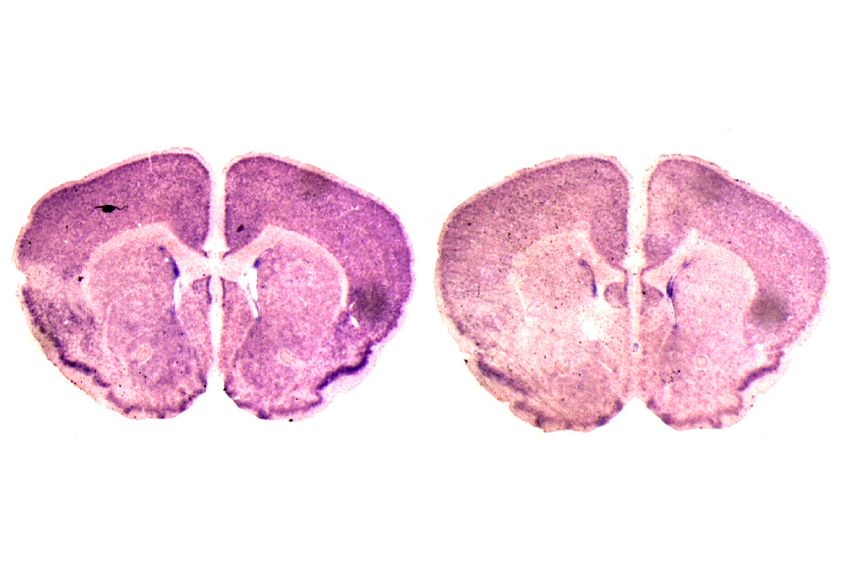
Top autism-linked gene boosts DNA accessibility during development
Loss of the POGZ gene in mice makes certain genes inaccessible and prevents their expression.
Sex bias emerges in new mouse model with autism-linked mutation
Compared with a previous mouse strain, a new model better reflects some of the difficulties that people with a rare autism-related syndrome experience, and may help identify biomarkers of the syndrome.
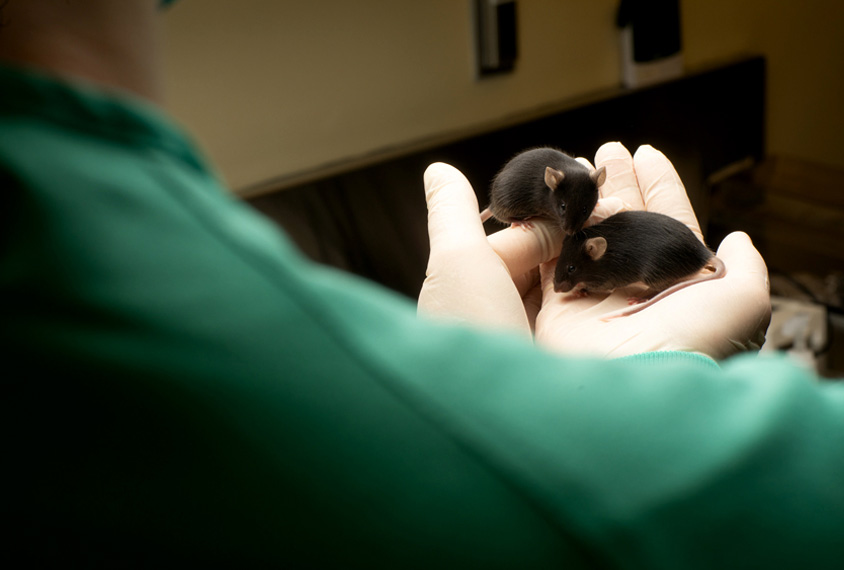
Sex bias emerges in new mouse model with autism-linked mutation
Compared with a previous mouse strain, a new model better reflects some of the difficulties that people with a rare autism-related syndrome experience, and may help identify biomarkers of the syndrome.
The push to screen newborns for rare autism-linked genetic conditions
As treatments for some autism-linked genetic conditions inch closer to the clinic, researchers are talking more urgently about screening all newborns for such conditions.
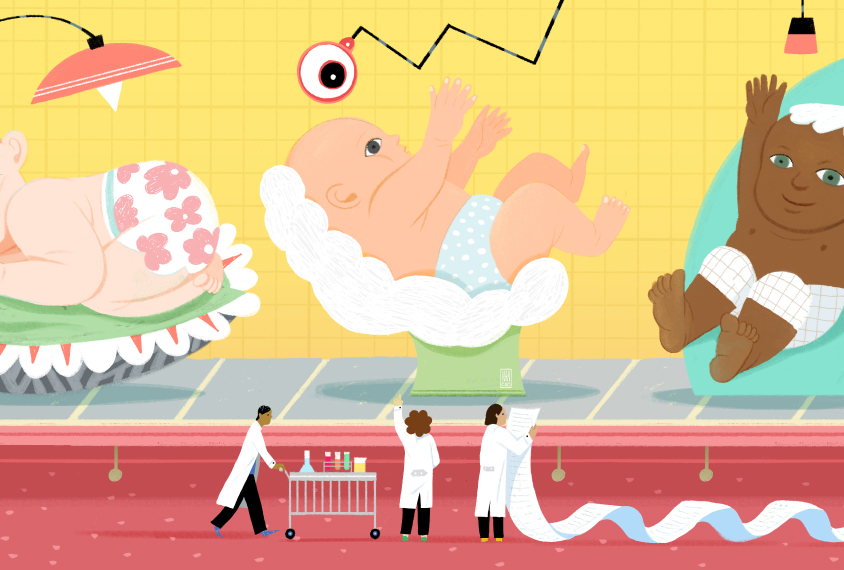
The push to screen newborns for rare autism-linked genetic conditions
As treatments for some autism-linked genetic conditions inch closer to the clinic, researchers are talking more urgently about screening all newborns for such conditions.
Mapping the futures of autistic children
Researchers can roughly project what autistic children's lives will look like years down the road. But how good is their crystal ball — and what are its benefits?

Mapping the futures of autistic children
Researchers can roughly project what autistic children's lives will look like years down the road. But how good is their crystal ball — and what are its benefits?
Mutations in frogs point to autism genes’ shared role in neurogenesis
Mutations in any of 10 autism-linked genes in frogs lead to the same overabundance of brain cells that develop into neurons; the sex hormone estrogen lowers this excess.
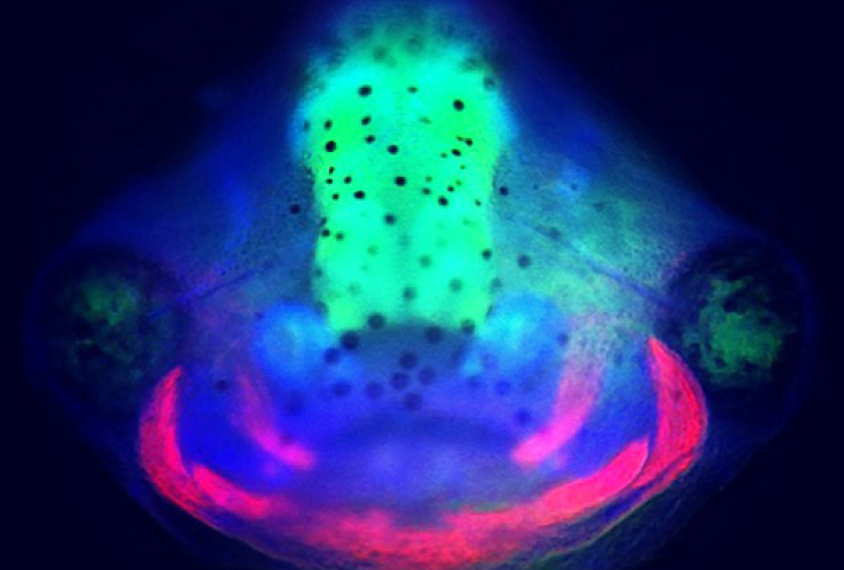
Mutations in frogs point to autism genes’ shared role in neurogenesis
Mutations in any of 10 autism-linked genes in frogs lead to the same overabundance of brain cells that develop into neurons; the sex hormone estrogen lowers this excess.
Two top autism genes may have a mechanism in common
Mutations in two genes linked to autism and intellectual disability boost the immune response and cause synapse dysfunction.

Two top autism genes may have a mechanism in common
Mutations in two genes linked to autism and intellectual disability boost the immune response and cause synapse dysfunction.
Mice with autism mutation reflect social difficulties seen in people
A new autism mouse model carries the same mutation in a gene called ADNP that is seen in autistic people.
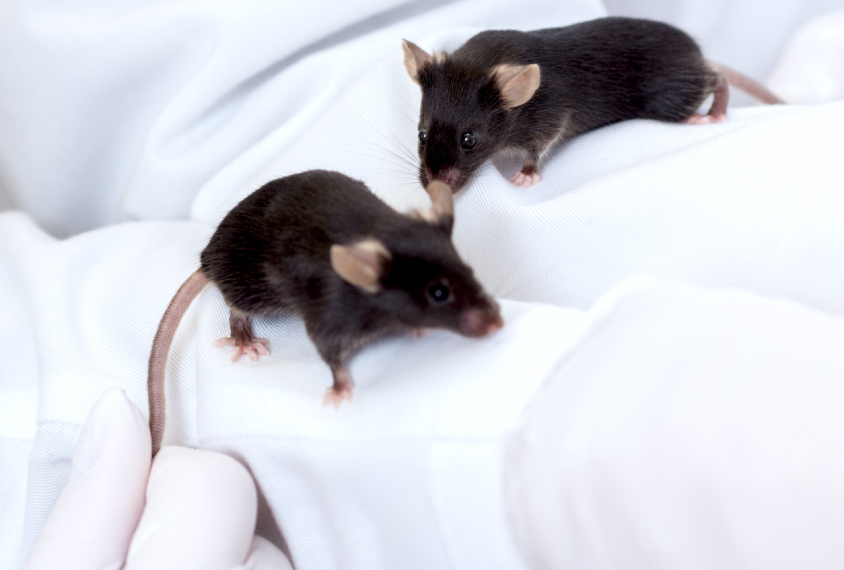
Mice with autism mutation reflect social difficulties seen in people
A new autism mouse model carries the same mutation in a gene called ADNP that is seen in autistic people.
Explore more from The Transmitter
During decision-making, brain shows multiple distinct subtypes of activity
Person-to-person variability in brain activity might represent meaningful differences in cognitive processes, rather than random noise.

During decision-making, brain shows multiple distinct subtypes of activity
Person-to-person variability in brain activity might represent meaningful differences in cognitive processes, rather than random noise.
Basic pain research ‘is not working’: Q&A with Steven Prescott and Stéphanie Ratté
Prescott and Ratté critique the clinical relevance of preclinical studies in the field and highlight areas for improvement.

Basic pain research ‘is not working’: Q&A with Steven Prescott and Stéphanie Ratté
Prescott and Ratté critique the clinical relevance of preclinical studies in the field and highlight areas for improvement.
Proposed NIH budget cut threatens ‘massive destruction of American science’
A leaked draft of a Trump administration proposal includes an approximately 40 percent cut to the National Institutes of Health’s budget and a major reorganization of its 27 institutes and centers.

Proposed NIH budget cut threatens ‘massive destruction of American science’
A leaked draft of a Trump administration proposal includes an approximately 40 percent cut to the National Institutes of Health’s budget and a major reorganization of its 27 institutes and centers.